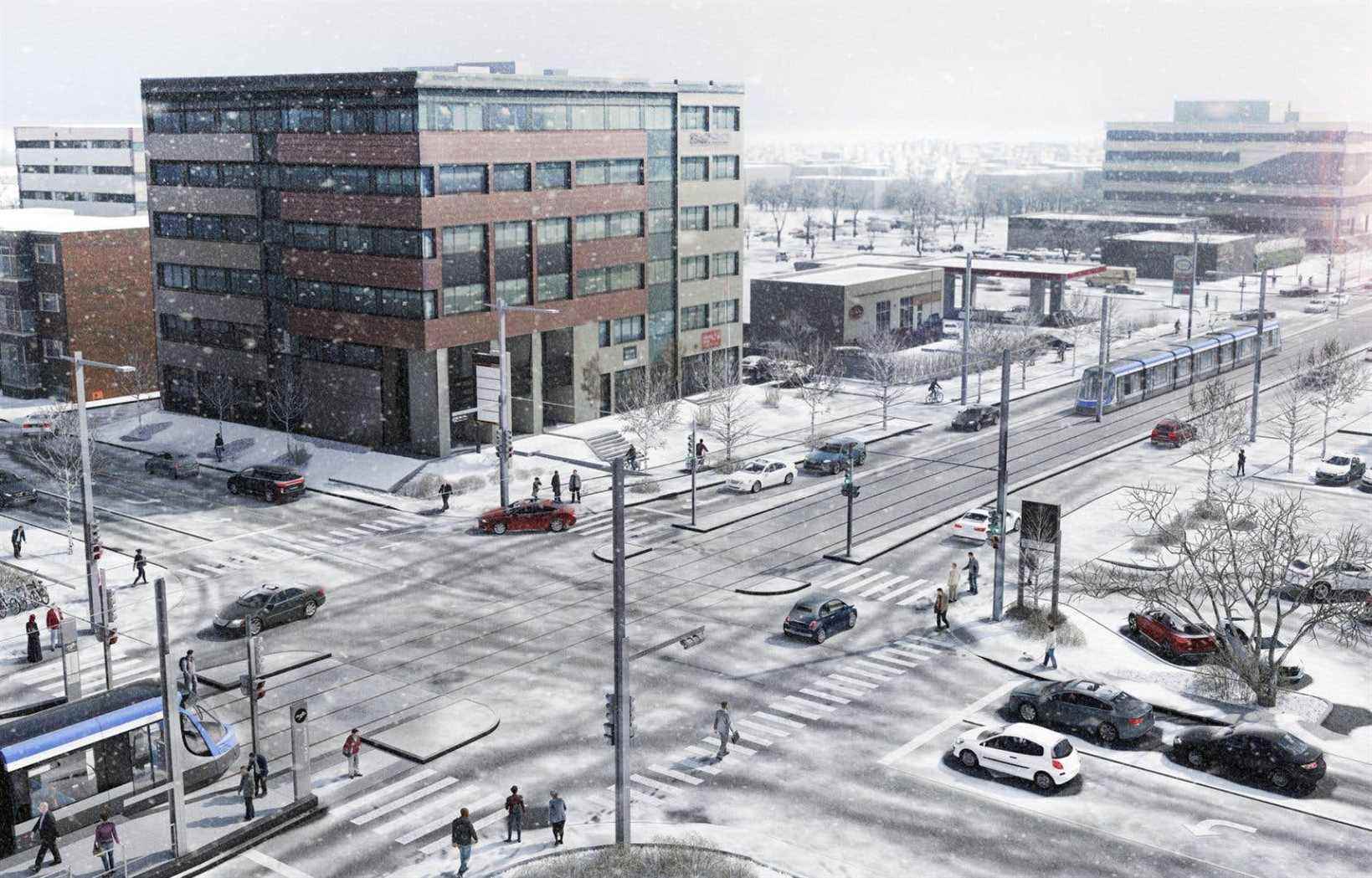The estimated price of the Quebec tramway is now approaching four billion dollars. Inflation, rerouting and delays swelled the bill to $3.965 billion, a jump of $600 million from the original estimate.
More than half of the projected cost overrun, ie $327 million, is attributable to inflation, the year of delay caused by the failure of the first call for qualification and the increase in real estate acquisition costs.
The new mayor, Bruno Marchand, asked the project office to save $70 million to lower the bill. The total cost of the project is still subject to change, in particular according to inflationary risks on prices.
The project office immediately dismisses the idea of burying the electric wires along the route, as Bruno Marchand had mentioned during the election campaign. This mode of feeding, in place in Bordeaux in France, “is absolutely not appropriate for a city like Quebec”, decided the director of the project office, Daniel Genest, who explains that the harshness of the Quebec climate, conducive to winter frost, makes this option impossible.
For the moment, power supply by overhead contact line is the chosen solution, a technique already in vogue in cities like Le Havre and Grenoble, in France, where the tramway crisscrosses the century-old city center without disfiguring the landscape.
The other possible option, namely batteries on board the trains, does not guarantee the reliability expected by the City. The route has slopes of up to 8% inclination and to climb them, it would be necessary to embark “many, many batteries”, explains the project office team. “Who says a lot of batteries, says a lot of weight. »
The project office says it is open to “innovative solutions” that could be presented by the bidders.
As for the raised platform on which the tram must travel, it remains on the entire route, cutting short the possibility of lowering it on certain sections mentioned by the new administration.
“It will be more reliable and safer,” explains the project office, which ensures that 75% of the platform will integrate with already raised facilities, such as medians and sidewalks.
Communicate better
This update comes the day after the publication of a poll which shows that support for the tram is crumbling in Quebec. The sounding, carried out by Léger in January, shows that a minority of the citizens of the capital, ie 44% of them after distribution of the undecided, retains a favorable opinion of the project.
A similar proportion of the 500 respondents believe they know little about the project, four years after its launch. “Mayor Marchand is asking us to step up our communication efforts,” said Mr. Genest.
To this end, the project office promises to meet with citizens to convince them that the tramway will be an asset for the capital and will integrate well into the neighbourhoods.
This communication effort began on Tuesday morning, with an all-out defense of the choices made to minimize the visual impact of the project.
The project office ensures that the overhead wires will remain discreet, unlike the catenary power supply that will allow the REM to operate in Montreal, and whose visual impact is much greater. About 88% of the poles that will support the power supply lines of the tramway in Quebec will also be streetlights, assures the project office.
The number of pedestrian and cycle crossings will increase by 57% after the implementation of the tramway, rising from 76 to 119. The harmful impact of the tramway will be felt more by motorists, who will have to wait when the trains pass on the track and who will no longer be able to make left turns at several intersections along the route.
